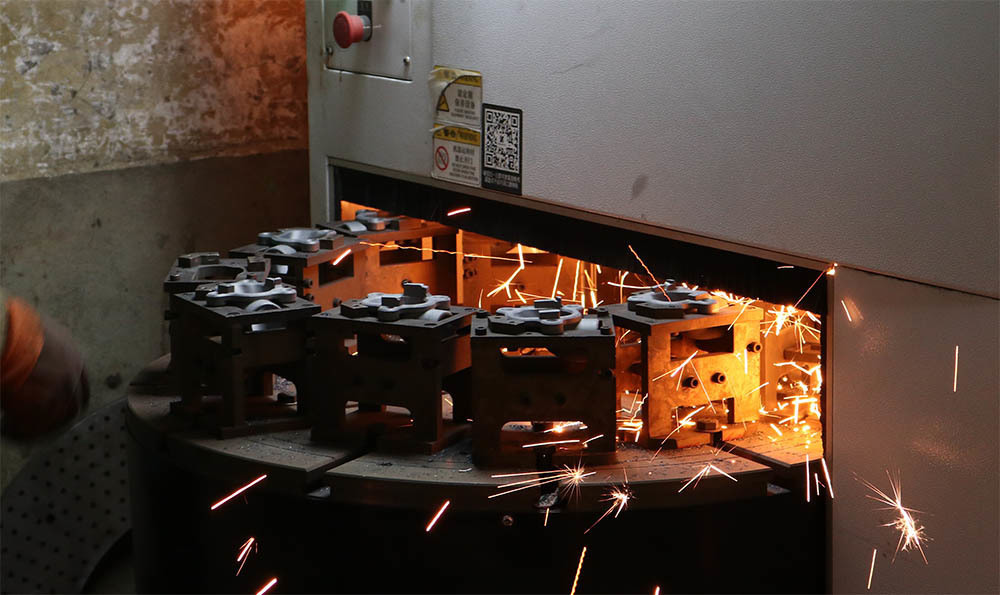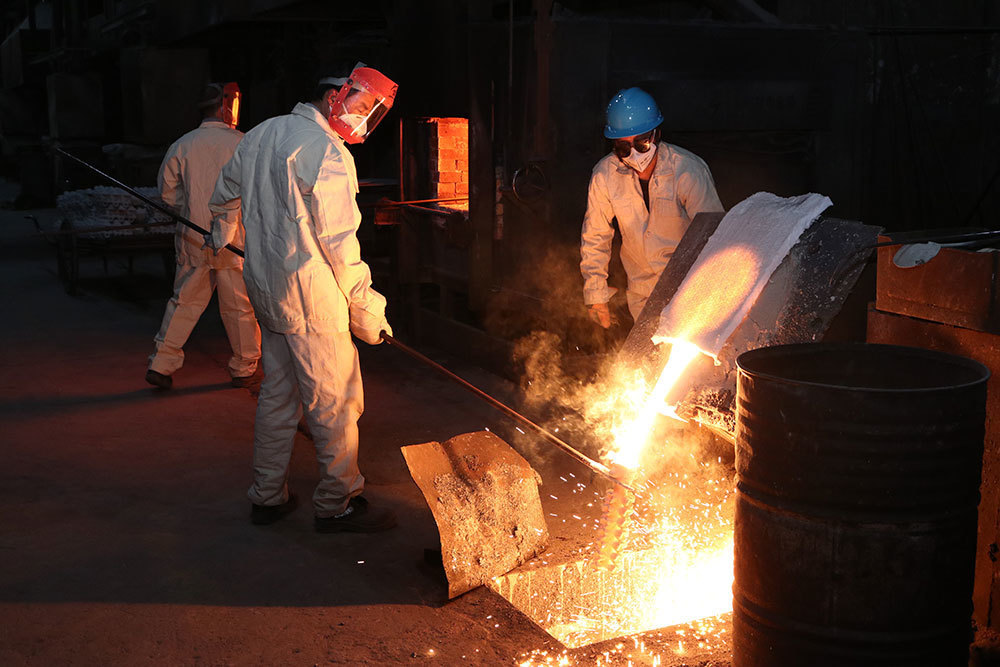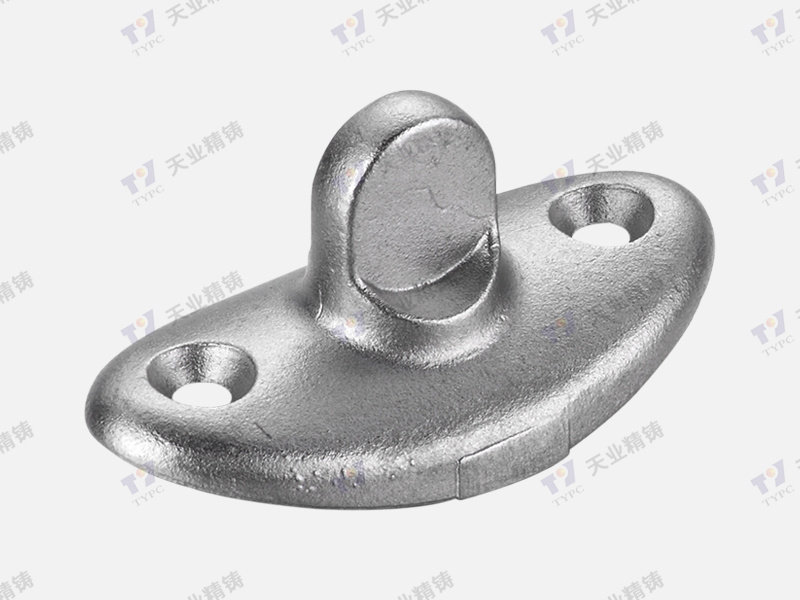2025-06-15
Understanding Heat Resistant Steel Casting: A Key Component in Industrial Equipment
Heat resistant steel casting is a specialized process that produces components capable of enduring extreme thermal conditions. In the industrial equipment and components sector, understanding the properties and applications of this material is crucial for ensuring reliability and performance in various applications. Heat resistant steel casting combines strength, durability, and the ability to withstand high thermal stresses, making it ideal for equipment exposed to intense heat.
One of the key characteristics of heat resistant steel casting is its ability to retain mechanical properties at elevated temperatures. Traditional steel may lose its strength and ductility when exposed to high heat, leading to deformation or failure. In contrast, heat resistant steel maintains its structural integrity, which is essential in industries such as power generation, aerospace, and chemical processing, where components often operate in high-temperature environments.
The manufacturing process of heat resistant steel casting involves several steps, beginning with the selection of appropriate alloying elements. These elements, such as chromium, nickel, and molybdenum, enhance the material's resistance to oxidation and corrosion, allowing it to perform optimally under adverse conditions. The casting process itself is meticulous, ensuring that the final product meets the stringent specifications required for its intended application.
Applications of heat resistant steel casting are diverse. For instance, it is commonly used to produce parts for turbines, heat exchangers, and combustion chambers, where heat exposure is a daily challenge. Additionally, its use in industrial furnaces and reactors is critical, as these components must withstand prolonged exposure to high temperatures without compromising performance.
Another significant advantage of heat resistant steel casting is its adaptability. Manufacturers can tailor the alloy composition and casting process to meet specific requirements, which allows for the production of custom components that cater to unique operational conditions. This flexibility is particularly beneficial for industries that require specialized equipment to meet their precise needs.
In conclusion, heat resistant steel casting plays an integral role in the development of industrial equipment and components designed for high-temperature applications. Its exceptional properties enable manufacturers to create reliable, durable products that perform well in challenging environments. Understanding the nuances of heat resistant steel casting and its applications can significantly impact operational efficiency and equipment longevity in various industrial sectors. By leveraging the advantages of this material, businesses can enhance their productivity and ensure the effective performance of their equipment.
One of the key characteristics of heat resistant steel casting is its ability to retain mechanical properties at elevated temperatures. Traditional steel may lose its strength and ductility when exposed to high heat, leading to deformation or failure. In contrast, heat resistant steel maintains its structural integrity, which is essential in industries such as power generation, aerospace, and chemical processing, where components often operate in high-temperature environments.
The manufacturing process of heat resistant steel casting involves several steps, beginning with the selection of appropriate alloying elements. These elements, such as chromium, nickel, and molybdenum, enhance the material's resistance to oxidation and corrosion, allowing it to perform optimally under adverse conditions. The casting process itself is meticulous, ensuring that the final product meets the stringent specifications required for its intended application.
Applications of heat resistant steel casting are diverse. For instance, it is commonly used to produce parts for turbines, heat exchangers, and combustion chambers, where heat exposure is a daily challenge. Additionally, its use in industrial furnaces and reactors is critical, as these components must withstand prolonged exposure to high temperatures without compromising performance.
Another significant advantage of heat resistant steel casting is its adaptability. Manufacturers can tailor the alloy composition and casting process to meet specific requirements, which allows for the production of custom components that cater to unique operational conditions. This flexibility is particularly beneficial for industries that require specialized equipment to meet their precise needs.
In conclusion, heat resistant steel casting plays an integral role in the development of industrial equipment and components designed for high-temperature applications. Its exceptional properties enable manufacturers to create reliable, durable products that perform well in challenging environments. Understanding the nuances of heat resistant steel casting and its applications can significantly impact operational efficiency and equipment longevity in various industrial sectors. By leveraging the advantages of this material, businesses can enhance their productivity and ensure the effective performance of their equipment.









